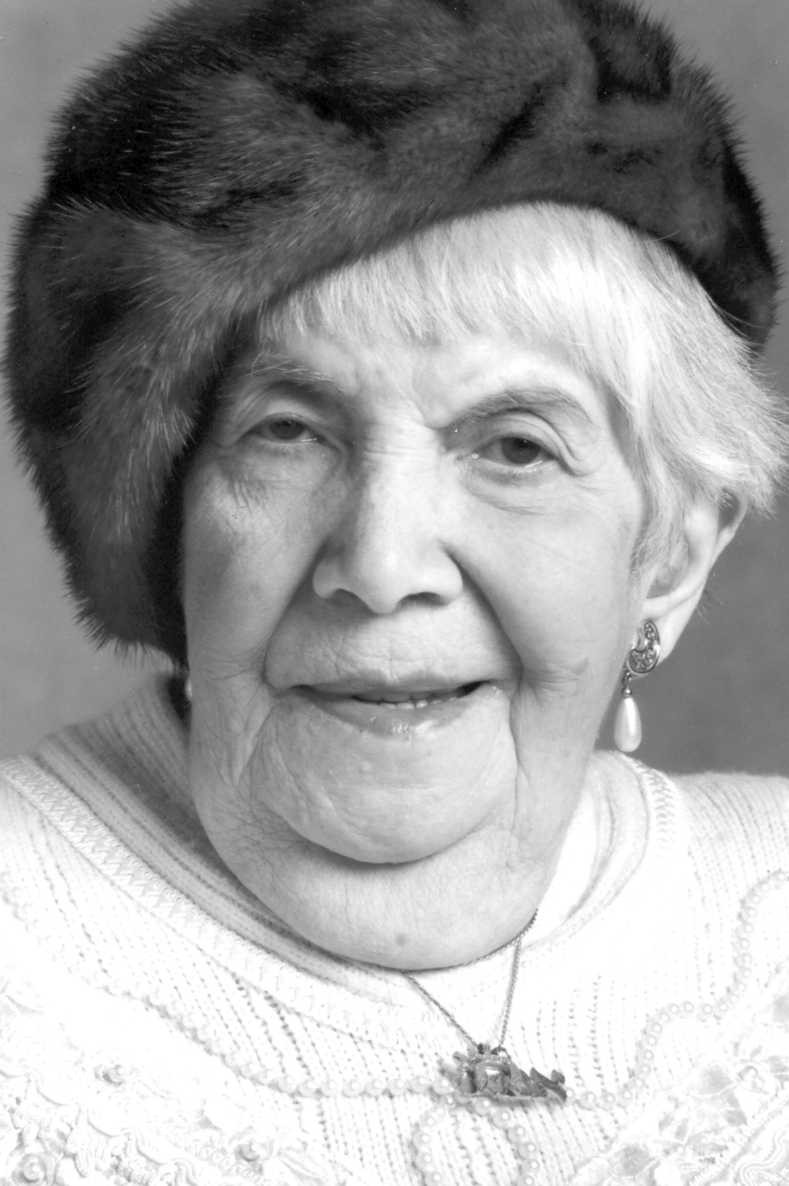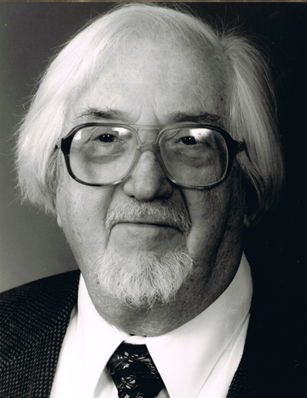Experience: Kristallnacht

|
|
|
|
|

|

|
|
|
|
|
|
|
|
|
|
|
|
|
|
|
|
|
|
|
|
|
|

|
|
|
|
|
|
|
|
|
|
|
“("Crystal Night" or "Night of the Broken Glass"). Pogrom (massacre or riot against Jews) was carried out by the Nazis throughout Germany and Austria on November 9-10, 1938. The name Kristallnacht refers to the glass of the shop windows smashed by the rioters. Officially, Kristallnacht was launched in retaliation for the assassination on November 7 of a German embassy official in Paris - named Ernst vom Rath - by a young Jewish refugee named Herschel Grynszpan. On November 9 vom Rath died of his injuries.
“That same night, a group of Nazi leaders gathered in Munich to commemorate the anniversary of Hitler’s (failed) attempt to take over the Bavarian Government in 1923. The Nazi Minister of Propaganda, Joseph Goebbels, told the other participants that the time had come to strike at the Jews. The Nazi leaders then sent instructions to their men all over the country - they were not supposed to act as if they had launched the pogrom but were to participate all the same. Within hours, crazed rioting erupted. The shop windows of Jewish businesses were smashed, the stores looted, hundreds of synagogues and Jewish homes were burnt down and many Jews were physically assaulted. Some 30,000 Jews, many of them wealthy and prominent members of their communities, were arrested and deported to the concentration camps at Dachau, Sachsenhausen, and Buchenwald, where they were subjected to inhumane and brutal treatment and many died. During the pogrom itself, some 90 Jews were murdered.
“After the pogrom was over, the Nazis continued with severe anti-Jewish measures. The Aryanization process of seizing Jewish property was intensified; the Jewish community was forced to pay a fine of one billion reichsmarks, ostensibly as a payback for the death of vom Rath; and the Germans set up a Central Office for Jewish Emigration (Zenstralstelle fuer Juedische Auswanderung) to "encourage" the Jews to leave the country.
“Western countries and even the Soviet Union were shocked by the Kristallnacht pogrom and some governments began admitting more refugees as a result. However, the Nazis were not deterred, and forged ahead in their plan to annihilate European Jewry.”
Date accessed July 25, 2011
— United States Holocaust Memorial Museum
http://www.ushmm.org/wlc/en/media_ph.php?ModuleId=10005201&MediaId=3113
Accessed on July 26, 2011
— Bildarchiv Preussischer Kulturbesit
http://www.ushmm.org/wlc/en/media_ph.php?ModuleId=10005201&MediaId=3158
Accessed on July 26, 2011
Accessed on July 26, 2011
Accessed on July 26, 2011
Contact us
thank you!
Your application is successfuly submited. We will contact you as soon as possible
thank you!
Your application is successfuly submited. Check your inbox for future updates.